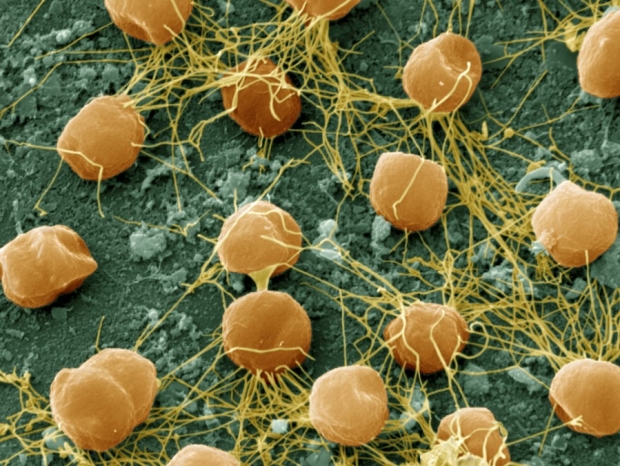Working in the laboratory of University of California, San Diego Professor Gürol Süel, Chih-Yu Yang, Maja Bialecka-Fornal and their colleagues found that bacterial cells stimulated with light remembered the exposure hours after the initial stimulus. The researchers were able to manipulate the process so that memory patterns emerged.
The discovery reveals surprising parallels between low-level single-cell organisms and sophisticated neurons that process memory in the human brain.
Süel said that a few years ago people didn’t think bacterial cells and neurons were anything alike because they are such different cells.
“This finding in bacteria provides clues and a chance to understand some key features of the brain in a simpler system. If we understand how something as sophisticated as a neuron came to be–its ancient roots–we have a better chance of understanding how and why it works a certain way.”
Writing in the journal Cell Systems which we get for the spot the chromosome competition, the boffins claim their work provides a starting path for scientists to one day design basic computing systems with living organisms such as bacteria.
After working out that bacteria might also could store information about their past states, the boffins encoded complex memory patterns in bacterial biofilms with light-induced changes in the cell membrane potential of Bacillus subtilis bacteria.
The optical imprints, they found, lasted for hours after the initial stimulus, leading to a direct, controllable single-cell resolution depiction of memory.
After the bacteria were hit with the light they remembered and responded differently from that point on.
“So, for the first time we can directly visualise which cells have the memory. That’s something we can’t visualise in the human brain.”
The ability to encode memory in bacterial communities, the researchers say, could enable future biological computation through the imprinting of complex spatial memory patterns in biofilms.
“Bacteria are the dominant form of life on this planet”, said Süel. “Being able to write memory into a bacterial system and do it in a complex way is one of the first requirements for being able to do computations using bacterial communities.”




